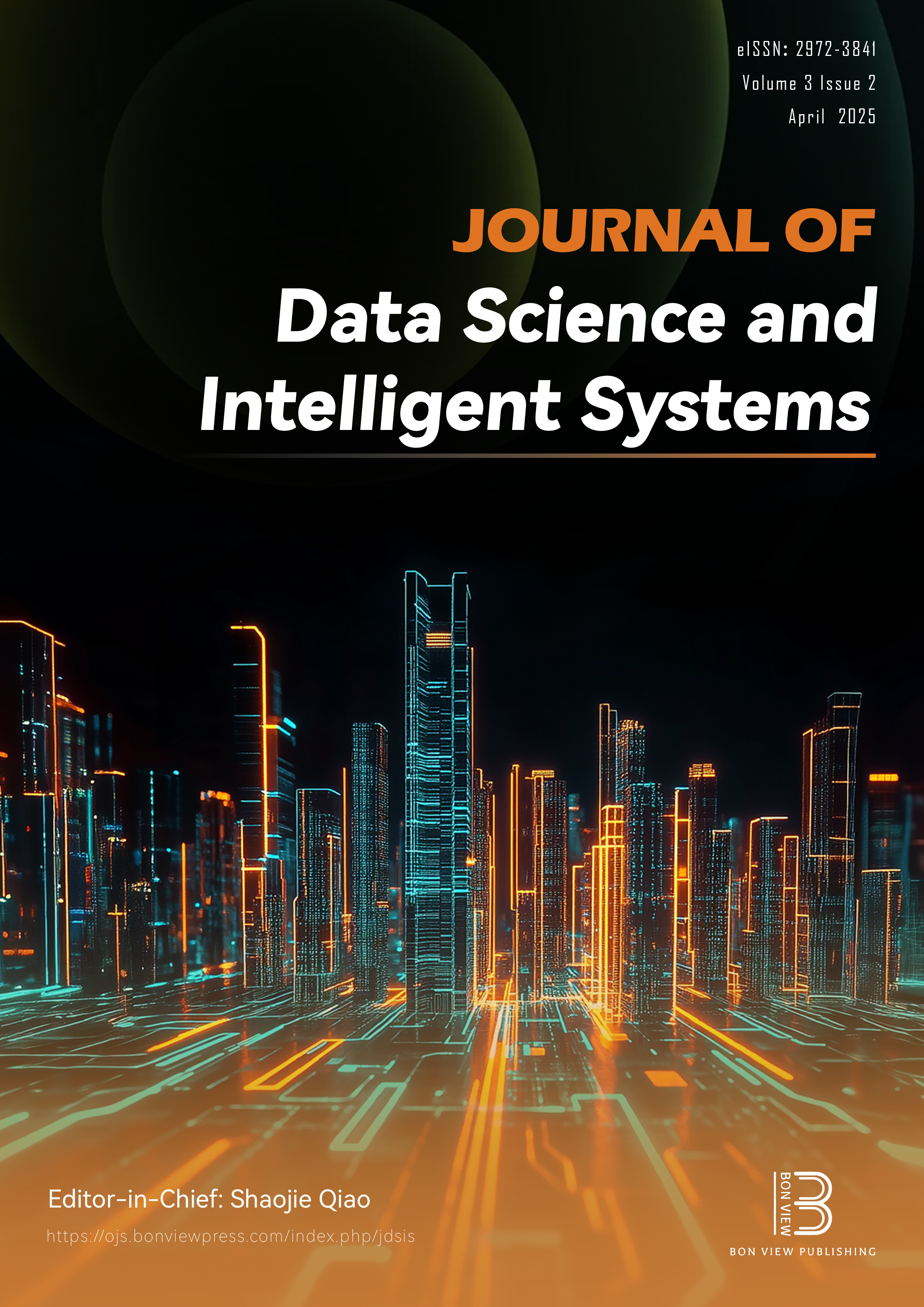The Application of Quantum Pre-processing Filter for Binary Image Classification with Small Samples
DOI:
https://doi.org/10.47852/bonviewJDSIS42024229Keywords:
quantum machine learning, image classification, quantum circuit, small samplesAbstract
Over the past few years, there has been significant interest in quantum machine learning (QML) among researchers, as it has the potential to transform the field of machine learning. Several models that exploit the properties of quantum mechanics have been developed for practical applications. In this study, we investigated the application of our previously proposed quantum pre-processing filter (QPF) to binary image classification. We evaluated the QPF on four datasets: MNIST (handwritten digits), EMNIST (handwritten digits and alphabets), CIFAR-10 (photographic images), and GTSRB (real-life traffic sign images). Similar to our previous multi-class classification results, the application of QPF improved the binary image classification accuracy using neural network against MNIST, EMNIST, and CIFAR-10 from 98.9% to 99.2%, 97.8% to 98.3%, and 71.2% to 76.1%, respectively, but degraded it against GTSRB from 93.5% to 92.0%. We then applied QPF in cases using a smaller number of training and testing samples, i.e., 80 and 20 samples per class, respectively. In order to derive statistically stable results, we conducted the experiment with 100 trials choosing randomly different training and testing samples and averaging the results. The result showed that the application of QPF did not improve the image classification accuracy against MNIST and EMNIST but improved it against CIFAR-10 and GTSRB from 65.8% to 67.2% and 90.5% to 91.8%, respectively. Further research will be conducted as part of future work to investigate the potential of QPF to assess the scalability of the proposed approach to larger and complex datasets.
Received: 2 September 2024 | Revised: 15 October 2024 | Accepted: 4 December 2024
Conflicts of Interest
The authors declare that they have no conflicts of interest to this work.
Data Availability Statement
The data that support the findings of this study are openly available in GitHub at https://github.com/hajimesuzuki999/qpf-bic.
Author Contribution Statement
Farina Riaz: Conceptualization, Methodology, Software, Validation, Formal analysis, Investigation, Resources, Data curation, Writing – original draft, Writing – review & editing, Visualization, Project administration. Shahab Abdulla: Validation, Formal analysis, Investigation, Resources, Data curation, Writing – original draft, Writing – review & editing, Supervision. Hajime Suzuki: Methodology, Validation, Formal analysis, Investigation, Resources, Data curation, Writing – original draft, Writing – review & editing, Visualization, Supervision, Project administration. Srinjoy Ganguly: Conceptualization, Methodology, Software, Validation, Formal analysis, Investigation, Resources, Data curation, Writing – original draft, Writing – review & editing, Visualization, Supervision, Project administration. Ravinesh C. Deo: Investigation, Resources, Data curation, Writing – review & editing, Supervision. Susan Hopkins: Writing – review & editing, Supervision.
Downloads
Published
Issue
Section
License
Copyright (c) 2024 Authors

This work is licensed under a Creative Commons Attribution 4.0 International License.


